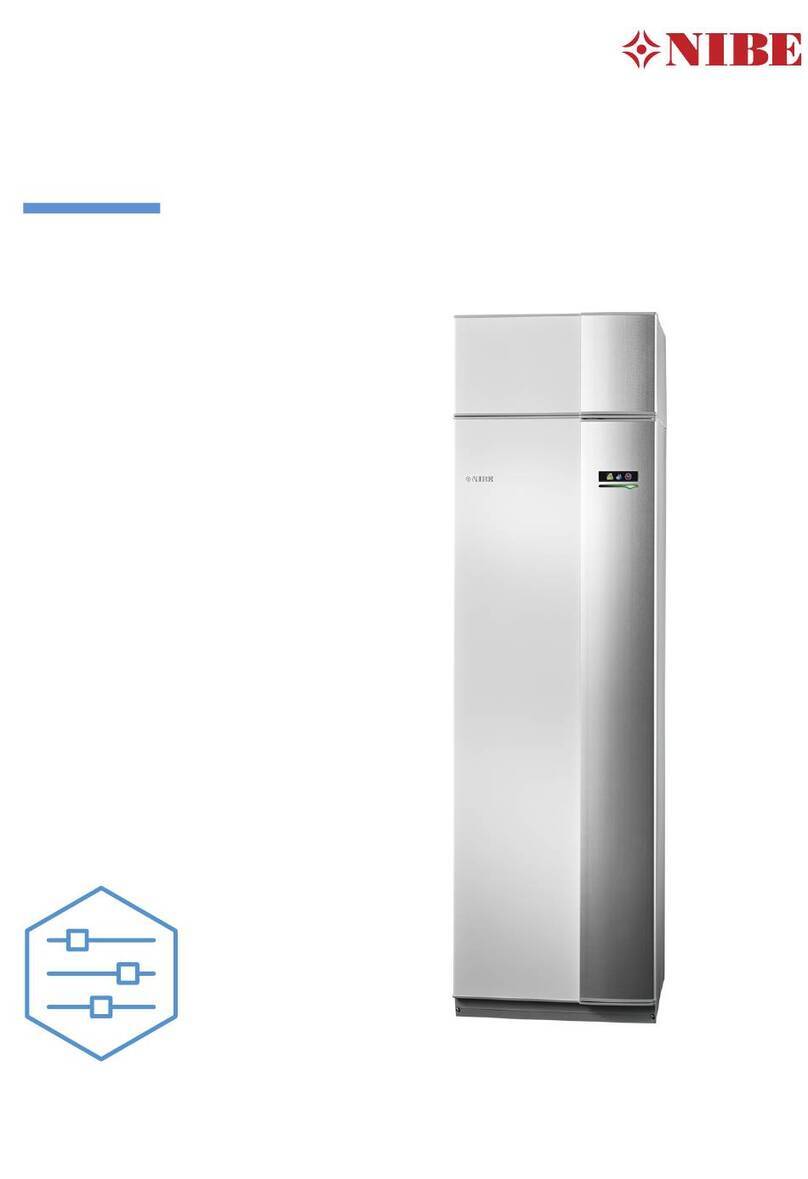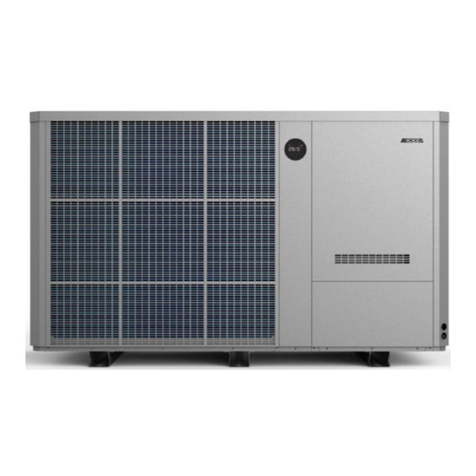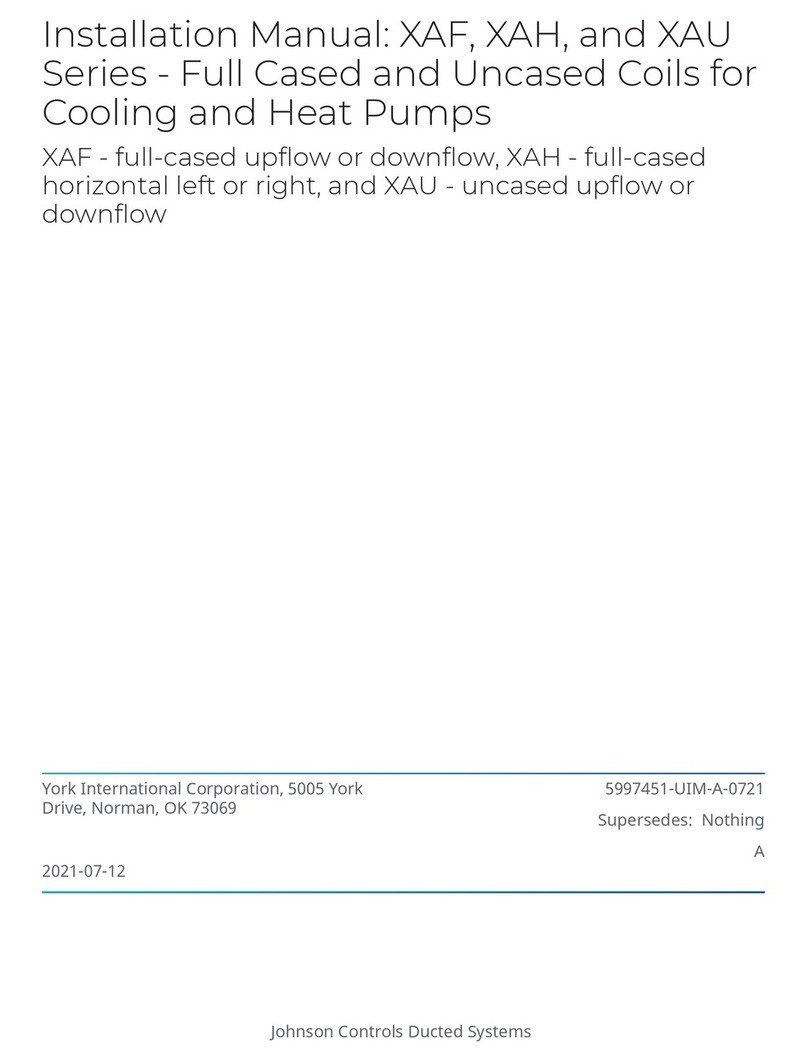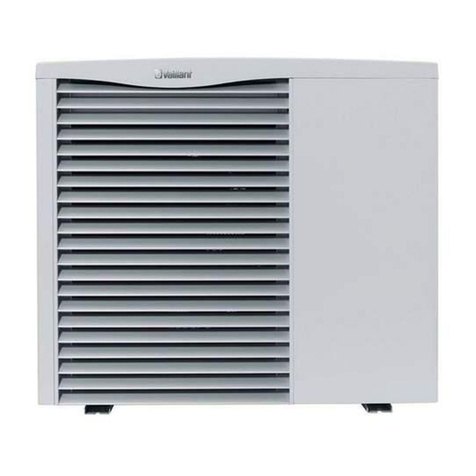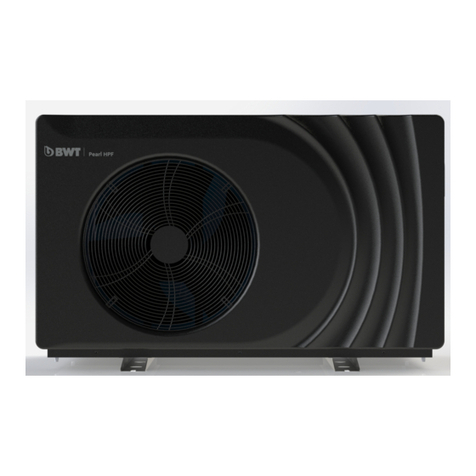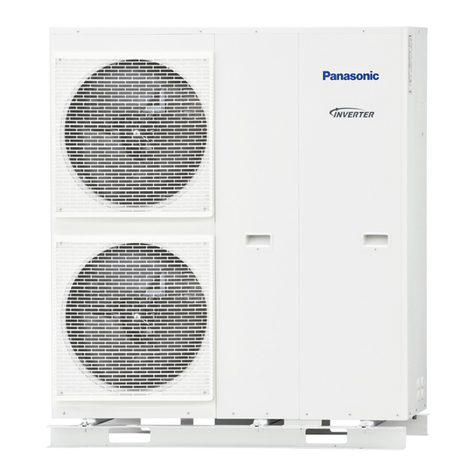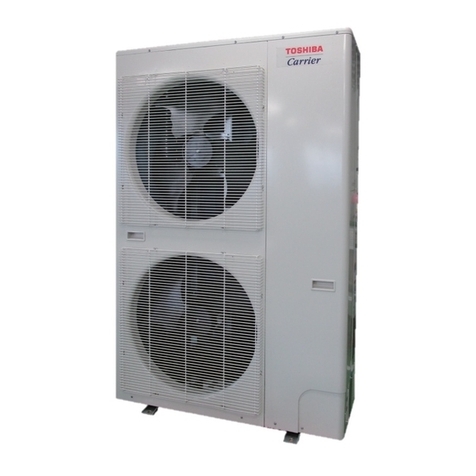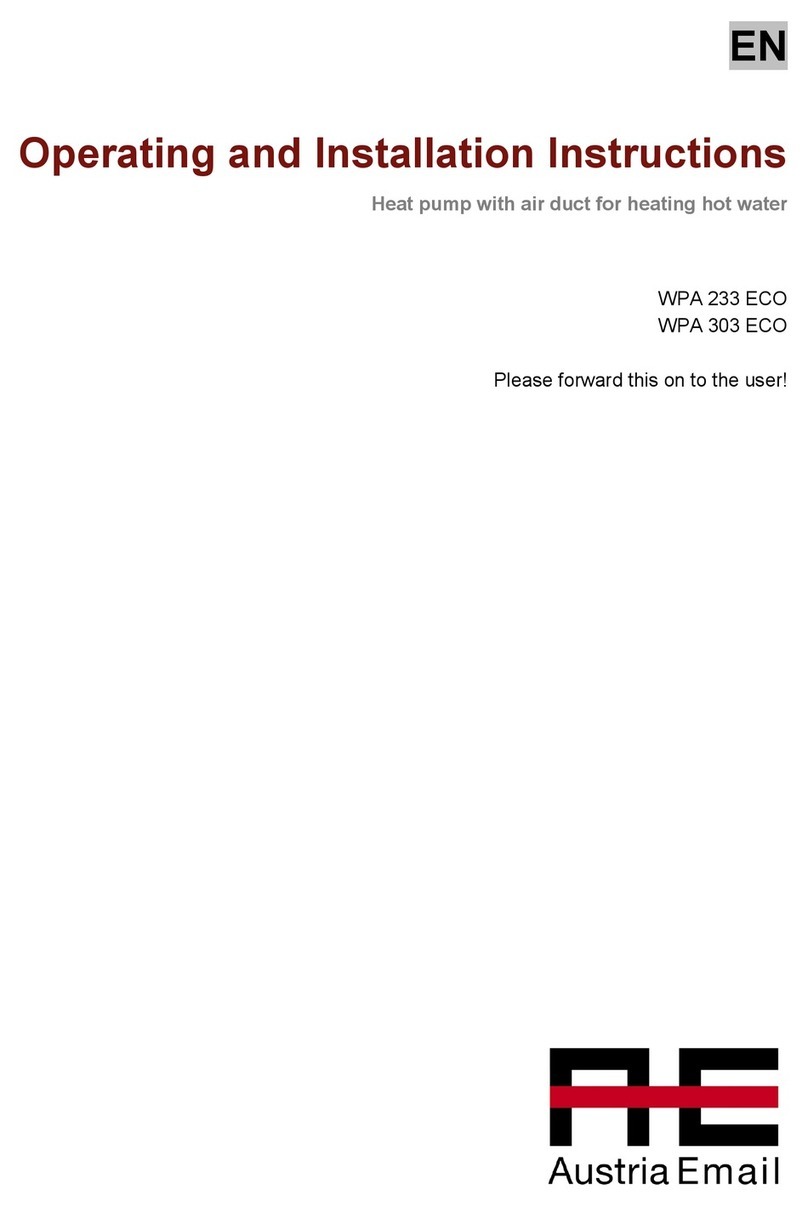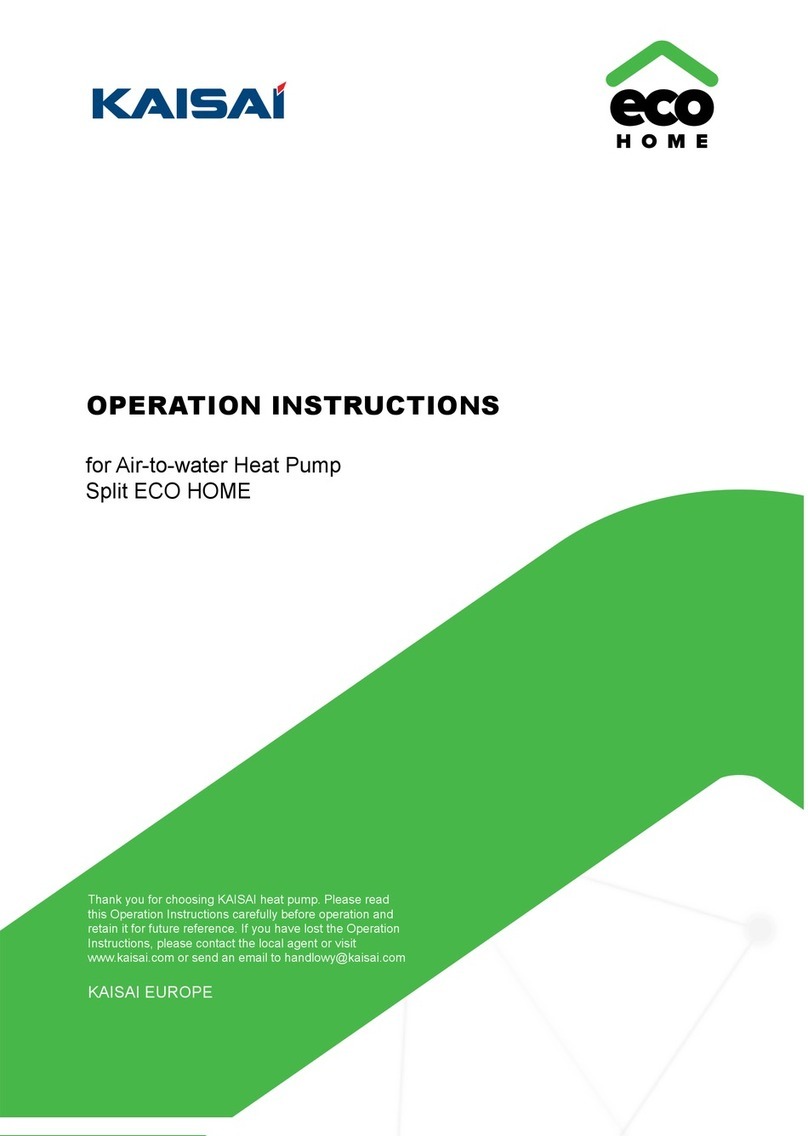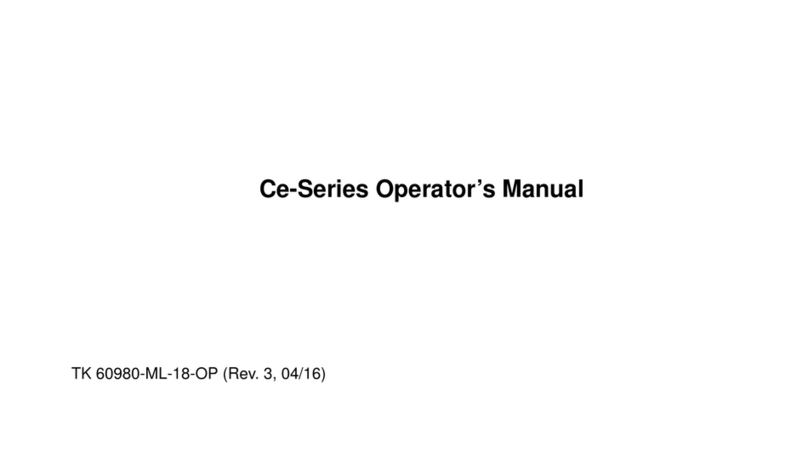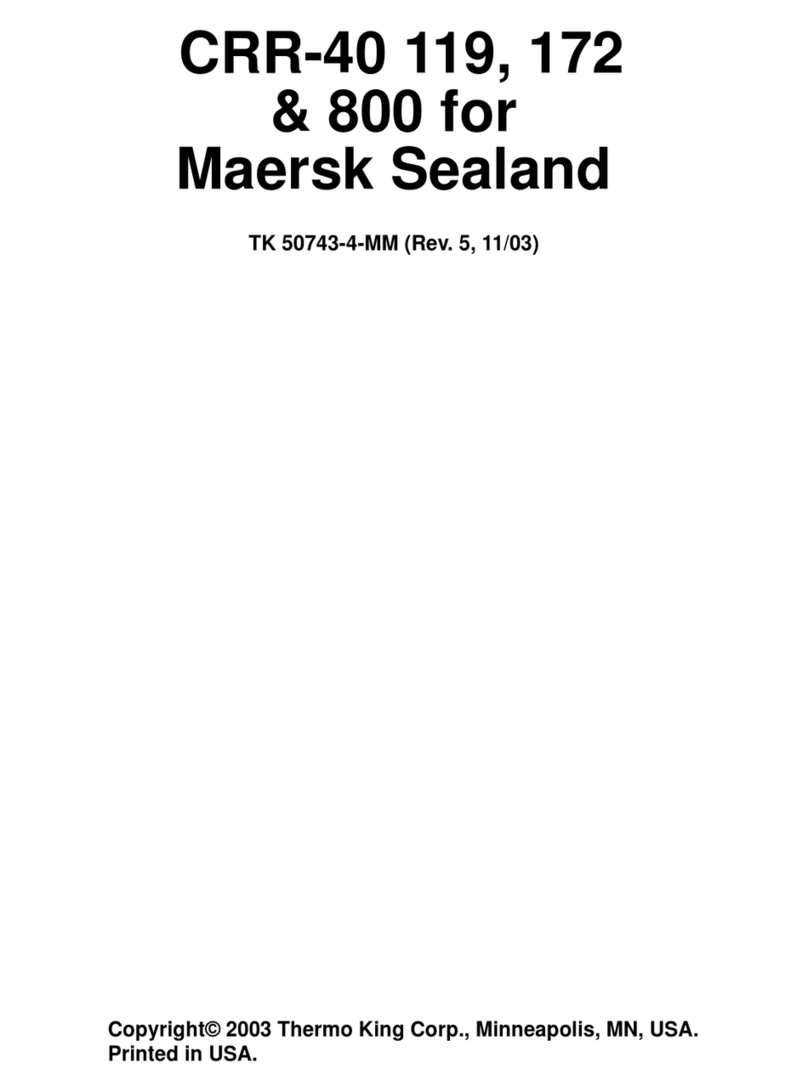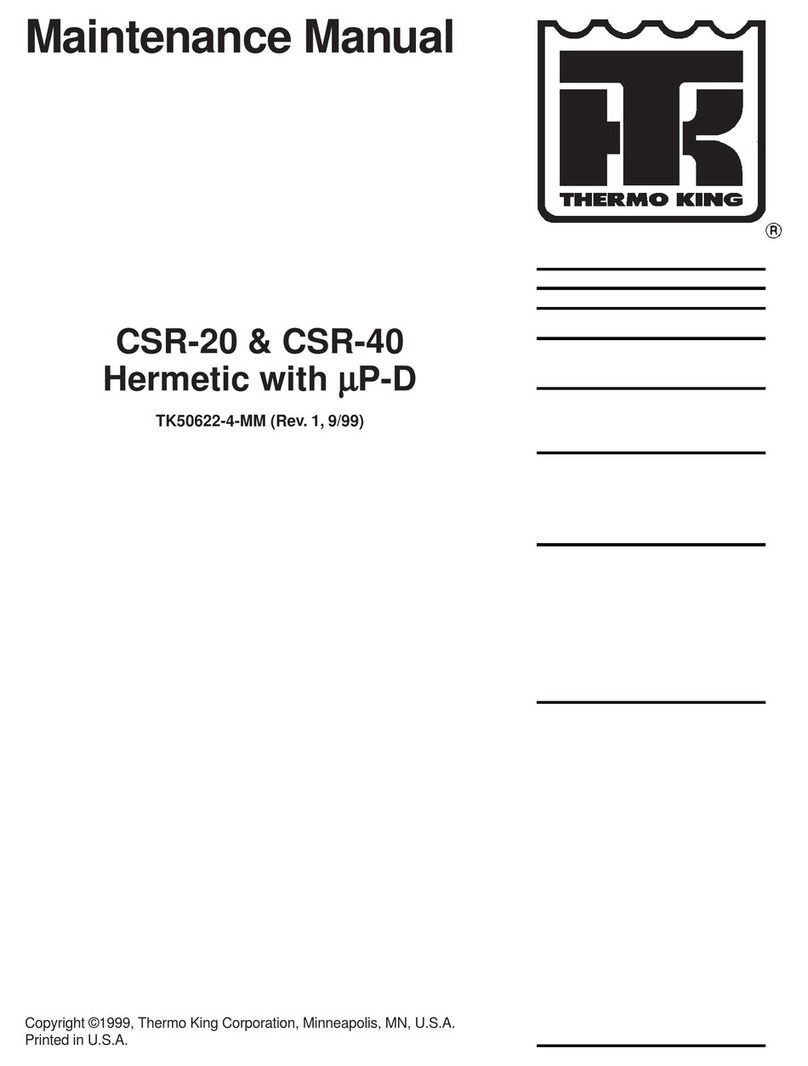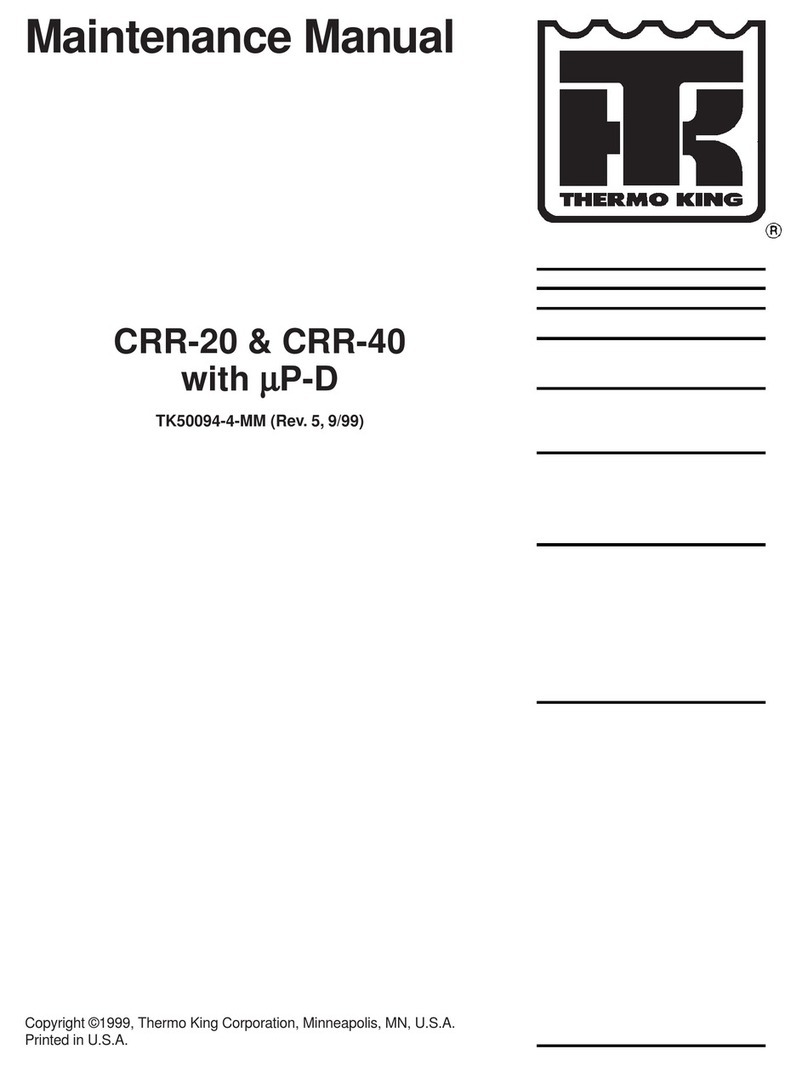viii Refrigerant Oil Safety Precautions
CSR40SL Semi-Hermetic, February 2000
Refrigerant Oil
Observe the following precautions when working with or
around refrigerant oil:
• Do not allow refrigerant oil to contact your eyes.
• Do not allow prolonged or repeated contact with skin or
clothing.
• To prevent irritation, you should wash thoroughly imme-
diately after handling refrigerant oil. Rubber gloves are
recommended when handling Polyol Ester based refriger-
ant oil.
First Aid
• EYES: Immediately flush eyes with large amounts of
water for at least 15 minutes while holding the eyelids
open. Get prompt medical attention.
• SKIN: Remove contaminated clothing. Wash thoroughly
with soap and water. Get medical attention if irritation
persists.
• INHALATION: Move victim to fresh air and restore
breathing if necessary. Stay with victim until arrival of
emergency personnel.
• INGESTION: Do not induce vomiting. Contact a local
poison control center or physician immediately.
Electrical
High Voltage
When servicing or repairing a refrigeration unit, the possibility
of serious or even fatal injury from electrical shock exists.
Extreme care must be used when working with a refrigeration
unit that is connected to a source of operating power, even if
the unit is not running. Lethal voltage potentials can exist at
the unit power cord, inside the control box, inside any high
voltage junction box, at the motors and within the wiring har-
nesses.
Precautions
1. Be certain the unit On/Off switch is turned OFF before
connecting or disconnecting the unit power plug. Never
attempt to stop the unit by disconnecting the power plug.
2. Be certain the unit power plug is clean and dry before
connecting it to a power source.
3. Use tools with insulated handles that are in good condi-
tion. Never hold metal tools in your hand if exposed,
energized conductors are within reach.
4. Do not make any rapid moves when working on high volt-
age circuits. If a tool or other object falls, do not attempt
to grab it. People do not contact high voltage wires on
purpose. It occurs from an unplanned movement.
5. Treat all wires and connections as high voltage until a
meter and wiring diagram show otherwise.
6. Never work alone on high voltage circuits on the refriger-
ation unit. Another person should always be standing by
in the event of an accident to shut off the refrigeration unit
and to aid a victim.
7. Have electrically insulated gloves, cable cutters and safety
glasses available in the immediate vicinity in the event of
an accident.
First Aid
IMMEDIATE action must be initiated after a person has
received an electrical shock. Obtain immediate medical assis-
tance if available.
The source of shock must be immediately removed by
either shutting down the power or removing the victim from
the source. If it is not possible to shut off the power, the wire
should be cut with either an insulated instrument (e.g., a wood-
en handled axe or cable cutters with heavy insulated handles)
or by a rescuer wearing electrically insulated gloves and safety
glasses. Whichever method is used, do not look at the wire
while it is being cut. The ensuing flash can cause burns and
blindness.
If the victim has to be removed from a live circuit, pull the
victim off with a non-conductive material. Use the victim’s
coat, a rope, wood, or loop your belt around the victim’s leg or
arm and pull the victim off. DO NOT TOUCH the victim.
You can receive a shock from current flowing through the vic-
tim’s body.
After separating the victim from power source, check
immediately for the presence of a pulse and respiration. If a
pulse is not present, start CPR (Cardio Pulmonary
Resuscitation) and call for emergency medical assistance. If a
pulse is present, respiration may be restored by using mouth-
to-mouth resuscitation, but call for emergency medical assis-
tance.
Low Voltage
Control circuits are low voltage (24 Vac and 12 Vdc). This
voltage potential is not considered dangerous, but the large
amount of current available (over 30 amperes) can cause
severe burns if shorted to ground.
Do not wear jewelry, watch or rings. These items can short
out electrical circuits and cause severe burns to the wearer.




















